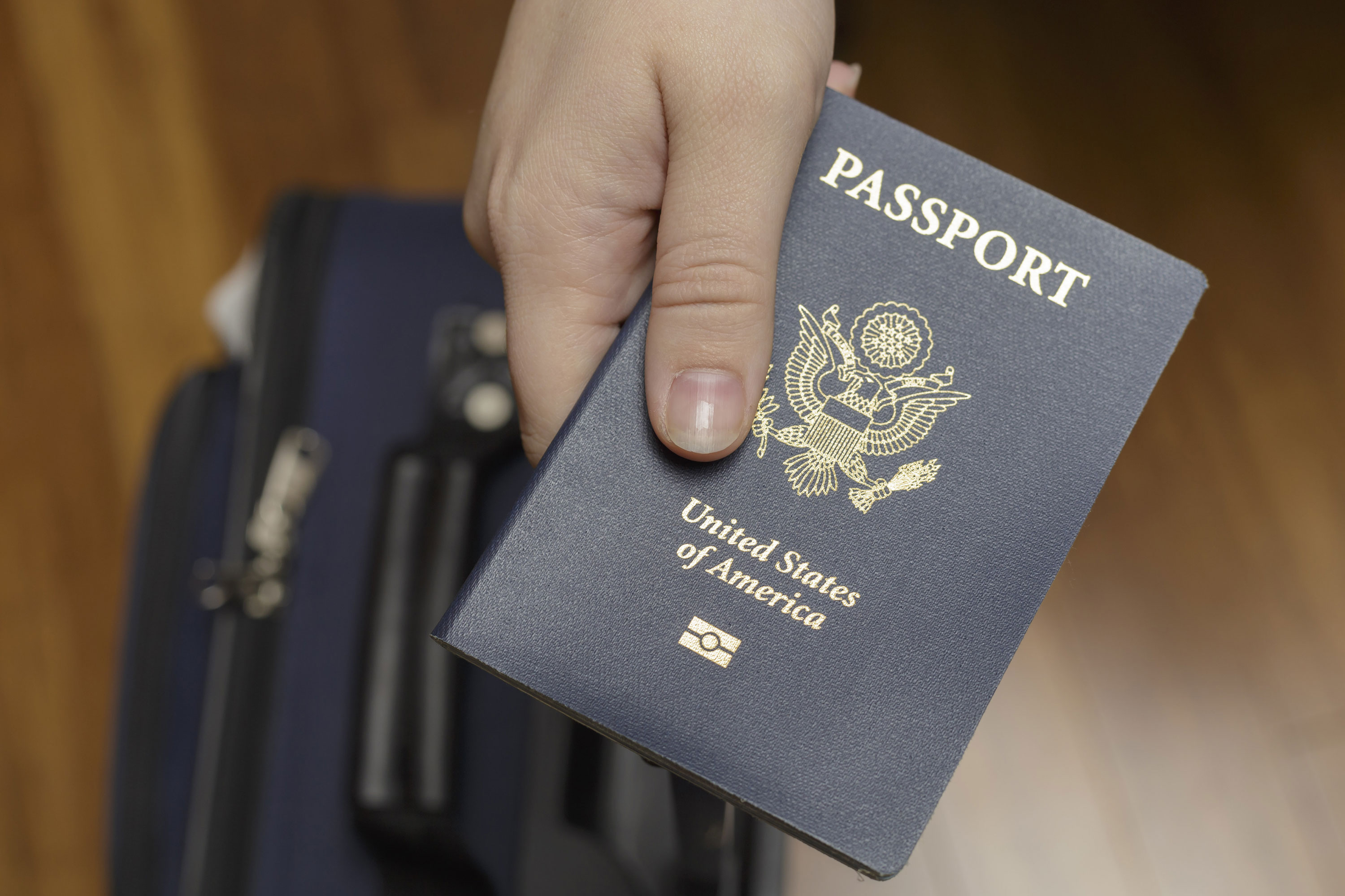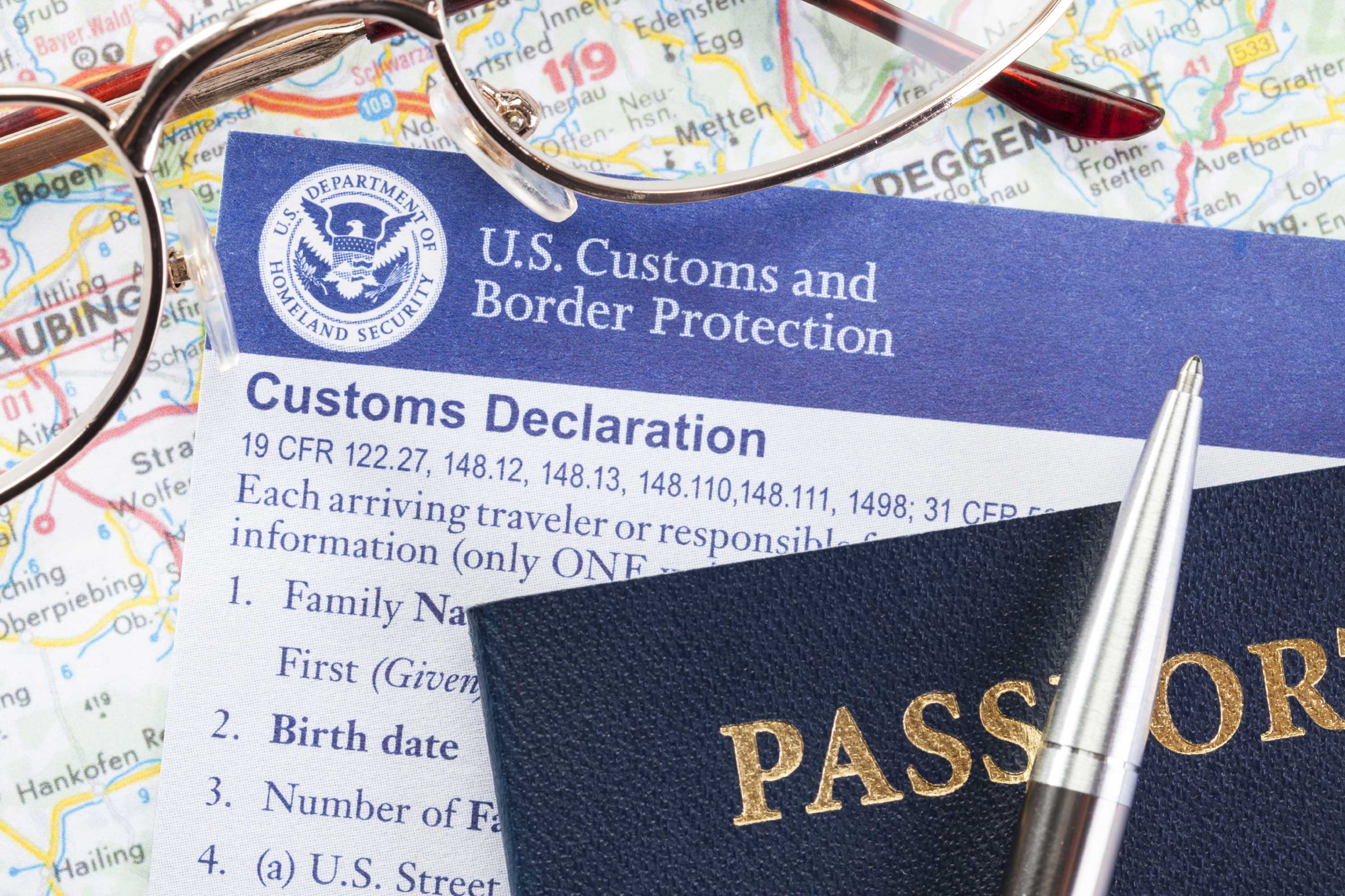

Aug. 7, 2017
Schedulers and dispatchers are often the first line of defense in helping passengers and crewmembers avoid common U.S. Customs and Border Protection (CBP) issues. Experts recommend implementing the following five best practices to help ensure clear sailing through Customs processing.
1. Know Your Ports
“Know the lead time required for Customs notification at your intended airport of entry,” suggests Juan Muniz, supervisor of global regulatory services at Universal Weather and Aviation, Inc.
“It seems pretty simple. You just call the airport and verify the notification requirement. But it gets challenging for last-minute trips, particularly on weekends and holidays.”
Muniz explained that some airports require 48 hours of notice for an international arrival or departure, but only have office hours on weekdays.
“The more advanced notice you can give Customs, the better off you’ll be,” said Paul Giansiracusa of MCM Aviation.
“Advising Customs as soon as you know about a trip will help you avoid staffing issues and identify alternatives in case of a late arrival.”
2. Be Precise
Be sure the information you provide when transmitting data to the Advance Passenger Information System (APIS) is complete and accurate. A misspelled name or a date of birth written in the wrong order can be an expensive mistake.
“Double and triple check information you are submitting to make sure it is just as it is on the travel document and you can avoid a $5,000 fine,” said Muniz.
Also, be sure to update your APIS submission any time passengers are added or removed. You don’t want to surprise CBP with passengers not included in your APIS submission.
To ensure you have provided all required information properly, consider contracting with a third-party trip planning vendor, suggests Thomas Stewart, the executive director of aviation for a Northeast-based, large Part 91 flight department. “Using a vendor doesn’t remove the responsibility from you,” said Stewart, “but that second set of eyes is important.”
3. Complete an International Checklist and Crew Briefing
Stewart says a thorough checklist is a crucial part of any successful international trip. “A checklist helps identify irregularities, like unusual processing hours,” said Stewart.
A checklist, combined with a pre-flight briefing with the flight crew, also helps identify and manage possible pitfalls, such as traveling with pets or APU usage while clearing Customs.

4. Retain Copies of Travel Documents
Get copies of passports and visas early in the planning process and verify that they are valid for the duration of trip, plus some additional time in case of an unforeseen extension to the mission.
“Although a copy is technically not a valid travel document, it can ease the process for the traveler if their passport is lost or stolen,” said Muniz.
If a passenger or crewmember loses a passport or it’s stolen, calling the appropriate Customs or passport control authority, along with providing a copy of the travel document prior to the travelers’ arrival, can help expedite the processing of the traveler.
5. Conduct a Post-Trip De-Brief
“Our flight department just started post-trip de-briefings about a year ago,” said Stewart. “After we talk with the pilots and flight attendant, we document additional information about airports and vendors, which helps us plan the next trip.”
Obtain a sample Customs checklist at www.nbaa.org/customs-checklists.


 International Business Aviation Council Ltd.
International Business Aviation Council Ltd.